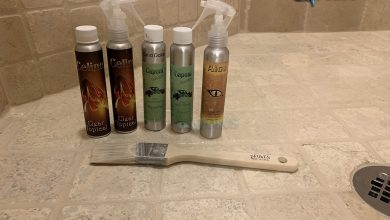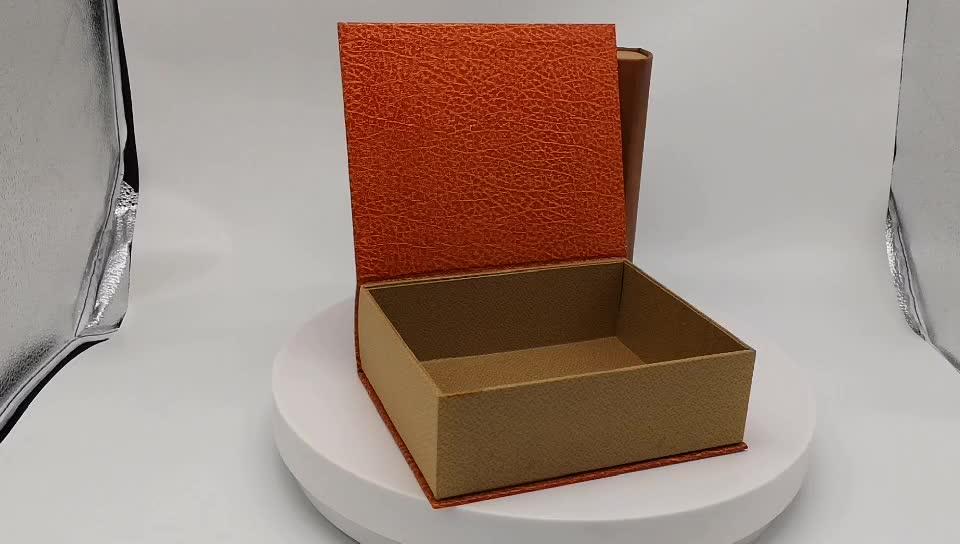How to Become a Survey Expert

Index Of The Blog
Become a Survey Expert

When there is a need for clear and actionable data for adaptive insights, many organizations turn to research service providers for online surveys created by experts. The reasons for this are – speed, scale, and authenticity. However, such a task can be expensive and will exhaust your budget. To create a survey like an expert, you need to brush up your necessary survey skills, and there you go. Become a Survey Expert
For a quintessential survey with all the components, here are some tips and tricks:
Be open-minded with your survey goals
A survey with a well-defined goal, yield better responses, and the opposite may give you fuzzy results. The last thing you want to get stuck with is low-quality data that doesn’t help in any decision-making. Think, what does an attainable goal looks like? Consider questions related to your customers, employees, and what will make them take the survey. Once you’ve decided on your goals, you can ponder on internal and external forces that may affect your survey.
Keep your survey short and sweet
There is nothing better than your respondent taking the time to complete the survey. The best way to appreciate them is to keep the survey short and not too long. You’ll receive a higher completion rate, as well as better responses with excellent quality and quantity. Plus, short surveys are motivating in their way. There is less abandonment among respondents, as these surveys are quick and easy.
Ask simple questions
Simple questions are easier to comprehend and quick to answer. Avoid using any jargon, and keep your questions to the point. Avoid short forms or other short words for texting. Complex questions often lead to a confusing mindset, and the chances are that respondents may leave the survey without completing it. Don’t assume that your respondents will be comfortable with composition or phrases like you are.
Use closed-ended questions wherever possible
We all have taken closed-ended questions. Closed-ended questions are direct and give specific choices to respondents. Closed-ended questions are generally yes/no, questions or rating scale questions, and are more comfortable for respondents. These questions help analyze results better. Open-ended questions give people the option to answer in their own words and are useful for qualitative insights, while closed-ended questions are excellent for collation and analysis purposes. Become a Survey Expert.
Offer a survey incentive
If you’re impatient for a lot of responses, consider including an incentive for the respondent’s time and effort. After all, any motivation will only help you get more answers. Incentives like sweepstakes drawings or gift cards are mostly preferred. But if you have other thoughts about goodies or free demos, that works, too. Research says that incentives boost response rates by an average of 40%. One word of caution is to keep your incentives within your scope and limit. Try not to overdo them as that might create undue expectations and unfavorable outcomes.
Check your audience’s best available dates and times
It is of utmost importance to consider your audience if you want to conduct a successful survey. The better the time, the more responses you will get. Check historical data and find days on which your target audience is most active. According to industry trends, the highest open and click rates generally take place on Tuesdays, Wednesdays, and Thursdays. For instance, you should send an employee survey during business hours and customer surveys over weekends. Avoid sending surveys on holidays and days on which people will be super busy due to month-end targets, etc.
Run a pre-test
Try running your survey with your colleagues or to a sample group. A pre-test survey will help you to find glitches and any errors that the survey might contain. You might want to consider pre-testing to see whether questions will be misinterpreted or to give you a better perspective of your survey. Previewing a survey before you send it is an efficient way of avoiding any mishaps in the survey’s design.
Keep a reminder
Following up is an ideal way to remind your respondents to take the survey. Although, not for all the surveys, this technique helps get more responses. Consider the respondent busy when you send the first survey, and if not reminded, you end up missing a reply. Sending continuous reminders may irritate the respondent; hence, it’s advisable to schedule reminders on a timely basis.
Keep personal questions towards the end
A survey is a present-day communication and a simple form of conversation. Don’t start by asking questions like how are you, etc. Instead, you can engage them with questions relevant to the topic and then enroll them into a bigger bucket. Your first few questions should be engaging and straightforward and then gradually move to demographics.
Review the results
Results matter, no matter what you did, and how you did. Once you have the final results, scrutinize and review them. The results will eventually help you decide if you’re satisfied with the survey or not, and if you need more respondents for more data. Before you close the file, make sure everything is as per the survey goals, and there is nothing left. Highlight pointers that will help you do your next survey smoothly. Become a Survey Expert.
Also Know:
- Things To Consider Choosing Online VLSI Courses
- Best virtual reality and 3D glasses
- How Good Is The Amazon’s Alexa Echo Dot?
- Tips on How to Use Parental Monitoring Software Safely











